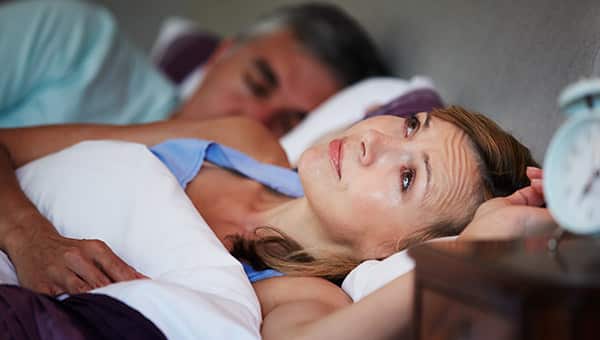6 Ways to Control Your Overactive Bladder
July 12, 2024

Living with overactive bladder is, for many, like losing control. How could you have control, when you can’t even “hold it in”?
Also known as OAB or urge incontinence, overactive bladder is characterized by a need to pee that is so urgent you might not to make it to the bathroom in time. Those who live with it find themselves having to plan for OAB attacks – always going to the bathroom before leaving home, skipping refreshments at a game or movie, wearing protective underwear liners.
In short, OAB means you can’t always prevent an accident. But could you prevent OAB?
What Happens When Your Bladder Gets Overactive
Prevention starts with knowledge. Here is why an estimated 40% of women and 30% of men in the U.S. experience OAB.
Your bladder is a receptacle; its one job is to store urine until it is full. In a healthy adult bladder, “full” is typically two cups of urine, which can be stored for up to five hours. In that time, the bladder receives brain signals to push the urine out.
Usually, you could hold it until you get to a bathroom. But if you have OAB, you won’t be able to wait.
This can happen for a number of reasons. A communication misfire might cause your bladder to contract before it’s full. It also could be the symptom of nerve damage, a bladder obstruction such as an enlarged prostate, menopausal changes, and neurological disorders like Parkinson’s disease.
The most common symptoms are a hard-to-control urge to pee, leaking, and having to go more than twice a night.
6 Insider Tips for Managing OAB
If you recognize any of the above symptoms, here’s what you can do to control it:
- Be a thoughtful drinker – Drink plenty of clear fluids, at least eight glasses a day, but limit caffeine, alcohol, and artificial sweeteners. And avoid drinking fluids two hours before bedtime. Ideally, you should only have to get up twice a night.
- Watch what’s on your plate – Spicy and acidic foods could irritate the bladder and worsen OAB symptoms. These foods can include tomatoes, hot peppers, and some fruits and fruits juices, including orange, grapefruit, lemon, and lime.
- Keep a bathroom diary – Record what you drink and eat, how much, when you go to the bathroom (note if you leaked), and what you’re doing when the urge strikes. This record will help you manage triggers.
- Exercise your bladder’s “core” – Pelvic muscle exercises, called Kegels, can improve the symptoms of OAB. You simply squeeze (like holding in urine), wait, and release. Perform five sets of 10 squeezes, holding for two to three seconds each time.
- Wait for it – When you feel the urge to urinate, suppress panic and put it off for as long as you can. Think of something relaxing, and perform Kegels. In time, you’ll be able to wait longer.
- Train your bladder – Once you feel comfortable holding it in, you can create a bathroom schedule and go only at designated times. If you can delay going for an hour, do that, then gradually lengthen the time.
Can My Doctor Treat OAB?
If your symptoms persist, then it’s time to see a urologist who can offer treatment options.
Your first approach will likely be medications to relax the bladder muscles. Non-invasive surgical approaches include Botox injections (also to relax the bladder muscles) and nerve stimulation to help regulate the impulse to pee.
But don’t hold off on care. With your doctor, you can regain control of your bladder, and a more active lifestyle.
If you think you have OAB but aren’t sure, take MidLantic’s OAB quiz here. To learn about our treatment options, visit our OAB website, or watch our webinar on how to manage OAB.

